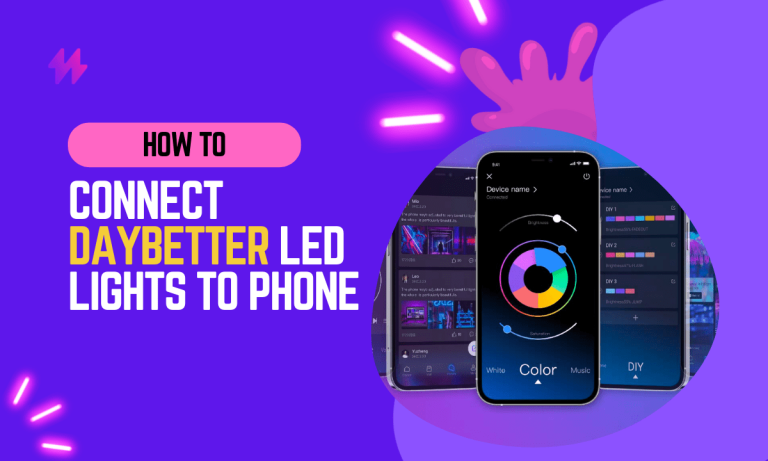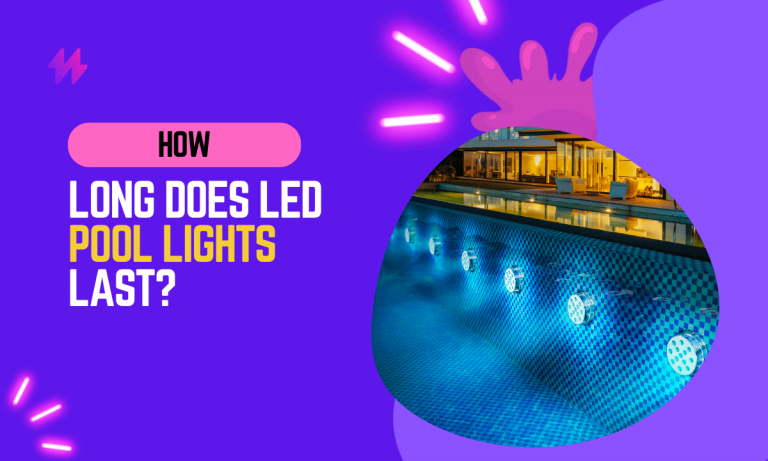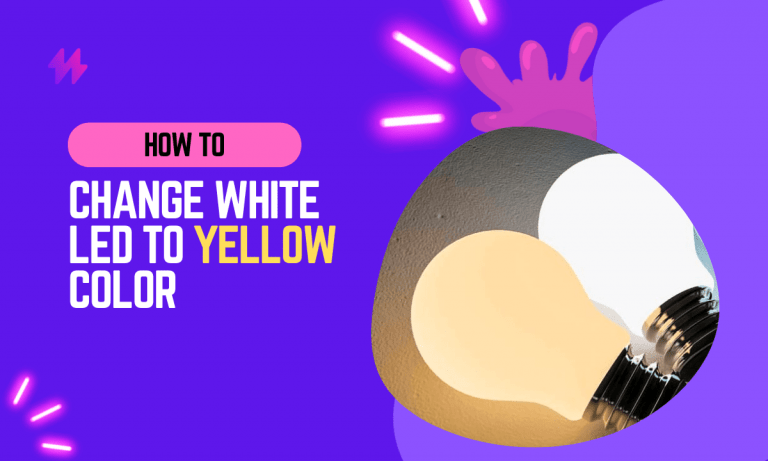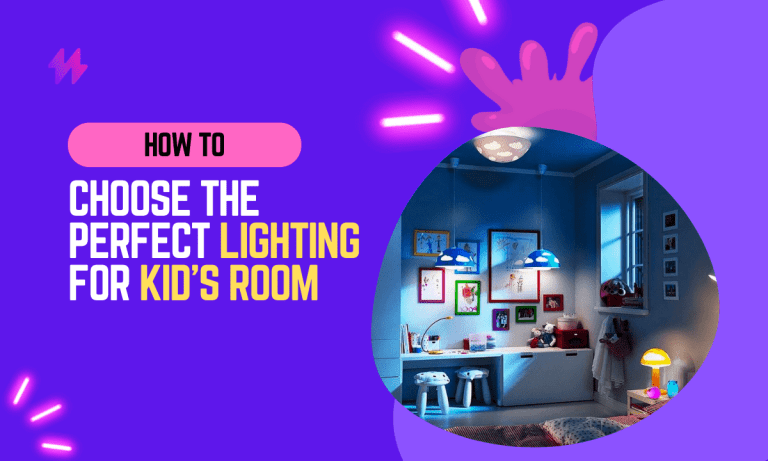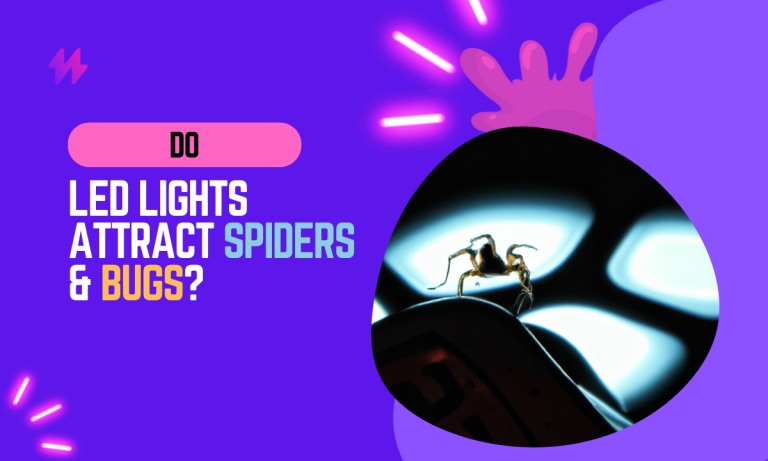How To Tell If A Light Bulb Has A Camera?
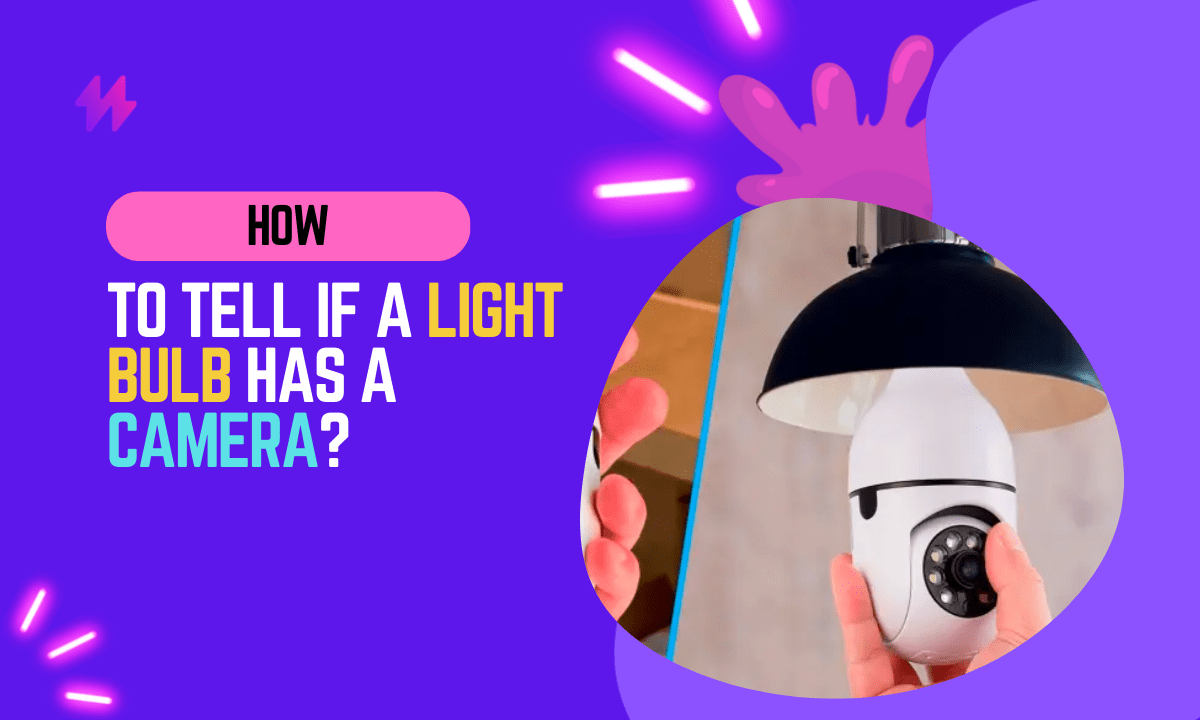
In the realm of home automation, smart light bulbs have garnered considerable attention for their ability to transform our living spaces with a simple touch or a spoken word.
However, as our homes become smarter, so too do the concerns surrounding privacy and security. With the increasing adoption of these devices, questions about the potential for privacy breaches have become more pressing. One such concern is the possibility of hidden cameras lurking within smart light bulbs, raising questions about who might be watching us and for what purpose.
In this blog you’ll learn how to identify whether your light bulb has a camera and discover practical methods to protect your privacy in a connected world.
The Rise of Smart Lighting
The rise of smart lighting has revolutionized the way we illuminate our homes and businesses. With the advancement of technology, light bulbs have become more than just a source of light. They now come equipped with various features and capabilities, including the ability to connect to the internet and be controlled remotely.
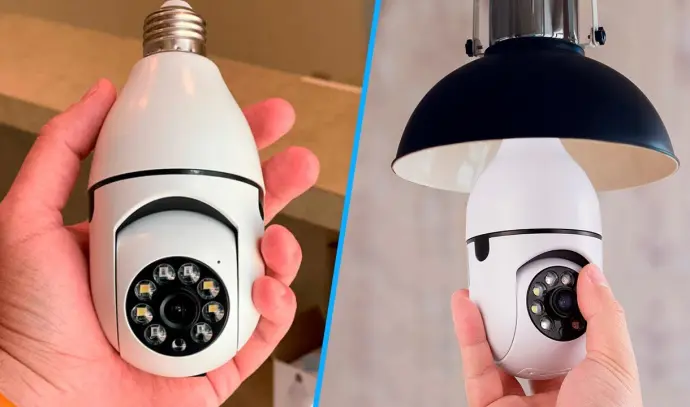
One of the key features of smart lighting is the integration of cameras. Light bulbs with built-in cameras have gained popularity due to their ability to provide both lighting and surveillance in one device. These cameras can be accessed and controlled through smartphone apps, allowing users to monitor their homes or offices from anywhere at any time.
However, with the rise of light bulbs with cameras, concerns about privacy and security have also emerged. It is important for users to be aware of the potential risks and take necessary precautions to protect their privacy. Regularly checking for any signs of a camera in a light bulb is crucial to ensure that your privacy is not compromised.
In recent years, there has been a remarkable surge in the adoption of smart lighting systems, transforming the way we illuminate and interact with our living spaces.
- The Convenience Factor: One of the primary drivers behind the rise of smart lighting is the unparalleled convenience it brings to our daily lives. With the touch of a button or a simple voice command, we can adjust the brightness, color temperature, and even the ambiance of our lighting. Gone are the days of fumbling for a light switch in the dark or manually adjusting shades to set the right mood. Smart lighting systems allow us to tailor our illumination to suit various activities and preferences effortlessly.
- Energy Efficiency: Smart lighting is not just about convenience; it’s also about energy efficiency. Many smart bulbs are designed to be energy-efficient, consuming less electricity than traditional incandescent bulbs. They often come with features like dimming capabilities and scheduling, enabling users to optimize their energy consumption and reduce electricity bills.
- Customization and Personalization: These systems offer a high degree of customization. Users can choose from a wide spectrum of colors and shades to create unique lighting scenes. Whether you want cool, daylight-like lighting for productivity or warm, cozy tones for relaxation, smart bulbs can effortlessly adapt to your needs.
- Integration with Smart Home Ecosystems: Smart lighting is an integral part of the broader smart home ecosystem. It seamlessly integrates with other smart devices such as voice assistants (e.g., Amazon Alexa, Google Assistant), thermostats, security cameras, and more. This interconnectedness allows for centralized control and automation, creating a holistic smart home experience.
- Enhanced Security: Another compelling feature of smart lighting is its role in home security. Users can set up automated lighting routines to simulate presence when they are away, deterring potential intruders. Motion-activated lighting can illuminate dark areas, enhancing safety and security.
- Accessibility: Smart lighting is inclusive and accessible. Voice control options make it easier for people with mobility impairments or disabilities to operate lights independently. Additionally, smartphone apps provide remote control, allowing users to adjust lighting even when they are not at home.
- Eco-Friendly Initiatives: As environmental consciousness grows, many smart lighting manufacturers are prioritizing eco-friendly features. LED-based smart bulbs, for instance, have a longer lifespan and lower environmental impact compared to traditional bulbs. Some brands are also committed to reducing their carbon footprint through sustainable production practices.
Also read: How To Read Bulb Base Size and Type?
Why So Much Concerns About Privacy?
While the proliferation of smart lighting and connected devices has undoubtedly brought unprecedented convenience and functionality to our lives, it has also given rise to legitimate concerns about privacy.
Here, we’ll explore these concerns in more detail:
Invasion of Personal Space
The most significant privacy concern when it comes to hidden cameras in smart light bulbs is the potential invasion of personal space. These devices could be used nefariously to capture private moments without consent, raising questions about our ability to maintain privacy within our homes.
Unauthorized Surveillance
There is a real risk of unauthorized surveillance when hidden cameras are introduced into our living spaces. These cameras could be accessed and controlled by malicious actors, enabling them to spy on homeowners or guests without their knowledge.
Data Security
Smart light bulbs and other connected devices collect and transmit data to the cloud. Concerns arise regarding the security of this data. If not adequately protected, it could be intercepted, exposing sensitive information about your daily routines and activities.
Device Vulnerabilities
Like any other technology, smart light bulbs can have vulnerabilities that hackers may exploit. If these vulnerabilities are not addressed promptly through firmware updates and security patches, they can be a gateway for cyberattacks.
Legality and Consent
The use of hidden cameras in residential settings can raise legal and ethical questions. In many jurisdictions, capturing video or audio recordings without consent is illegal. Understanding the laws and regulations surrounding surveillance in your area is crucial.
Theft of Personal Data
If a hidden camera is compromised, it can be used to steal personal data, which could lead to identity theft or other malicious activities. Privacy breaches can have far-reaching consequences beyond the invasion of your physical space.
The Potential for Exploitation
Hidden cameras in smart light bulbs can potentially be exploited for various purposes, including corporate espionage, harassment, or blackmail. These devices provide a means for individuals with malicious intent to exploit others.
Also read: Are Mosquitoes Attracted to Light?
8 Ways to Identify If A Light Bulb Has A Camera
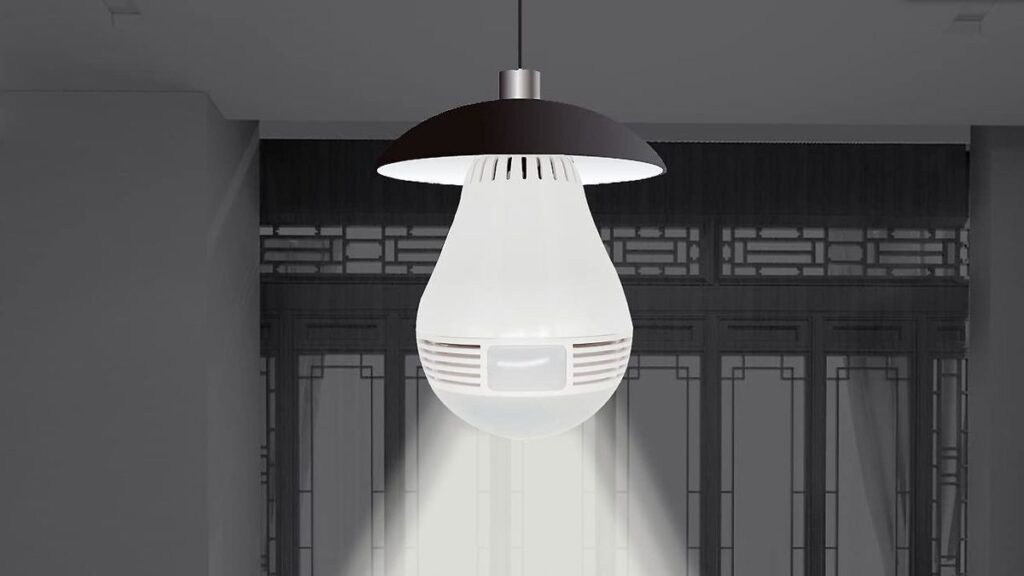
The prospect of hidden cameras in smart light bulbs is a legitimate concern, and it’s essential to know how to identify these potential privacy invaders.
Below we will discuss how to tell if a light bulb has a camera and provide tips on protecting your privacy in the age of smart lighting. Here are eight ways to determine whether a light bulb has a camera:
Physical Inspection
Examine the bulb closely for any unusual features or irregularities. Look for small lenses or openings that might not be typical in a standard light bulb design.
Check Manufacturer Information
Review the product specifications and packaging provided by the manufacturer. Legitimate smart light bulbs should transparently disclose their features, including the presence of cameras.
Read User Manuals
Consult the user manual that comes with the smart light bulb. It should outline all the functionalities and features of the device, including any built-in cameras.
Use a Flashlight
Shine a bright flashlight onto the light bulb’s surface. Hidden camera lenses often reflect light differently than the surrounding material, making them easier to spot under direct light.
Mobile Apps for Detection
Download and use smartphone apps designed to detect hidden cameras. These apps can help you locate the presence of cameras by identifying unusual signals or reflections.
Network Scanning
Employ network scanning tools to identify connected devices on your Wi-Fi network. Smart light bulbs with cameras need to connect to the network, and you can monitor the devices connected to your router through your router’s settings.
Turn Off the Lights
In a dark room, turn off the lights and look closely at the bulb. Hidden camera lenses may emit a faint red or green glow when active, which is easier to spot in darkness.
Consult Online Resources
Search online for information about the specific smart light bulb model you have. User reviews, forums, and tech websites often provide insights into the features and potential camera functionalities of these devices.
You may also like: Reasons to Switch to Ecosmart Light Bulbs
FAQs about Identifying If A Light Bulb Has A Camera
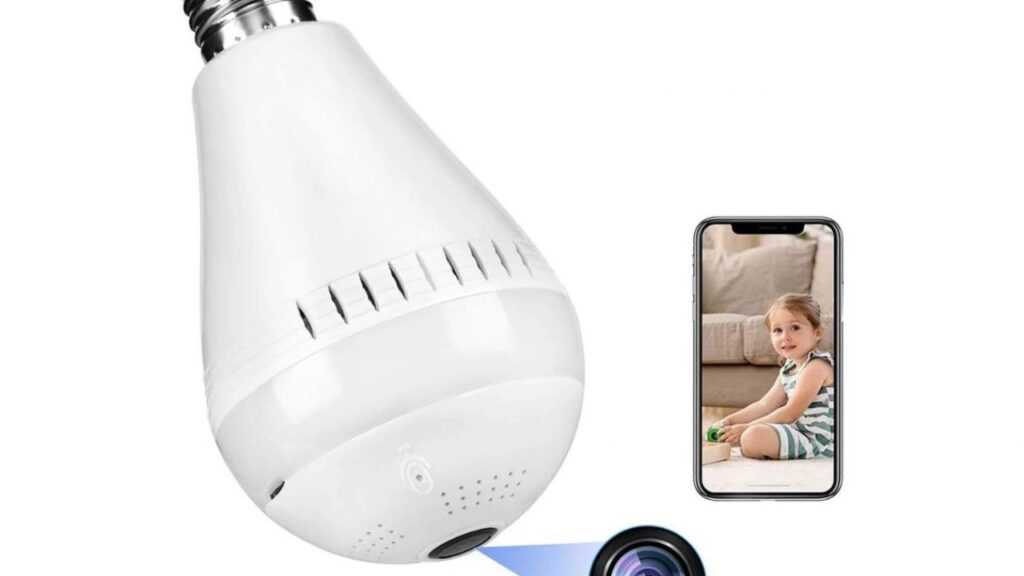
1. Can regular light bulbs have hidden cameras?
While it’s technically possible to conceal a camera within a regular light bulb, it is exceedingly uncommon. Most standard light bulbs do not have the necessary space or components to house a camera. Concerns about hidden cameras are more relevant to smart light bulbs, which have advanced features and connectivity.
2. Why would someone put a camera in a light bulb?
Hidden cameras in light bulbs can serve a range of purposes, both legitimate and nefarious. Legitimate uses may include home security and monitoring. However, they can also be used for unauthorized surveillance, espionage, or invasion of privacy, which is a significant cause for concern.
3. What should I do if I suspect my smart light bulb has a camera hidden?
If you have legitimate concerns about a hidden camera in your smart light bulb, start by contacting the manufacturer for clarification. Ensure you read the product documentation and specifications carefully. If suspicions persist and you believe your privacy is being violated, consider contacting local law enforcement or a privacy attorney for guidance.
4. Are there any legal concerns related to hidden cameras in light bulbs?
The use of hidden cameras raises legal and ethical questions. In many jurisdictions, capturing video or audio recordings without consent is illegal. It’s crucial to understand the laws and regulations concerning surveillance in your area. Violating these laws can result in serious legal consequences.
5. Can I protect my privacy when using smart light bulbs?
Yes, you can take steps to protect your privacy when using smart light bulbs:
- Review the product specifications and documentation to ensure transparency about device features.
- Regularly update the firmware to address security vulnerabilities.
- Use strong, unique passwords for your smart home devices.
- Disable unused features, such as remote access when not needed.
- Monitor your network for unfamiliar or unauthorized connected devices.
- Be cautious when sharing access to your smart home systems and devices.
Also read: Can You Shorten LED String Lights?
Final Words
In conclusion, the growing prevalence of surveillance devices concealed within everyday objects like light bulbs has raised significant concerns regarding privacy and security. Detecting whether a light bulb contains a camera involves a keen eye and attention to detail. One effective method is examining the bulb for any unusual components such as glass lenses or irregular wiring, which could indicate the presence of a camera. Additionally, the weight and design of the bulb might also provide clues; surveillance bulbs often have additional weight due to the embedded electronics and might feature a design that deviates from standard light bulbs. These physical inspections are critical first steps in identifying covert surveillance equipment.
Moreover, technological tools can also assist in detecting hidden cameras in light bulbs. Using a smartphone’s camera to scan for infrared lights, which are commonly used in night-vision cameras and might be invisible to the naked eye, is a practical technique. There are also dedicated RF detectors that can pick up wireless signals being transmitted by a hidden camera. These devices are particularly useful in confirming suspicions after a physical examination. Beyond personal inspections, being informed about the capabilities of modern surveillance technology and maintaining vigilance about privacy, especially in sensitive areas like bathrooms and bedrooms, are paramount. In the digital age, where privacy is increasingly under threat, becoming adept at identifying hidden surveillance devices plays an essential role in safeguarding personal spaces.

